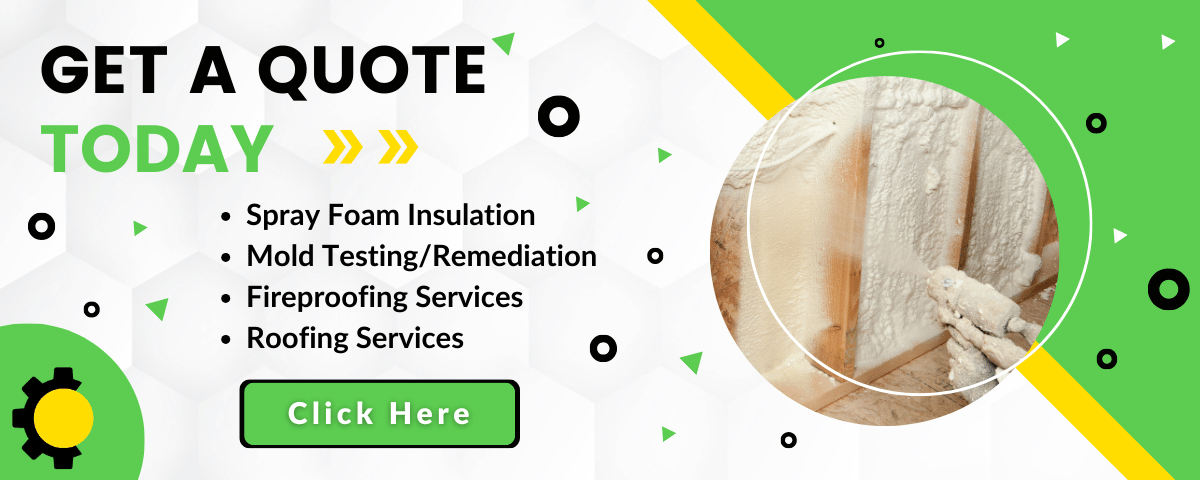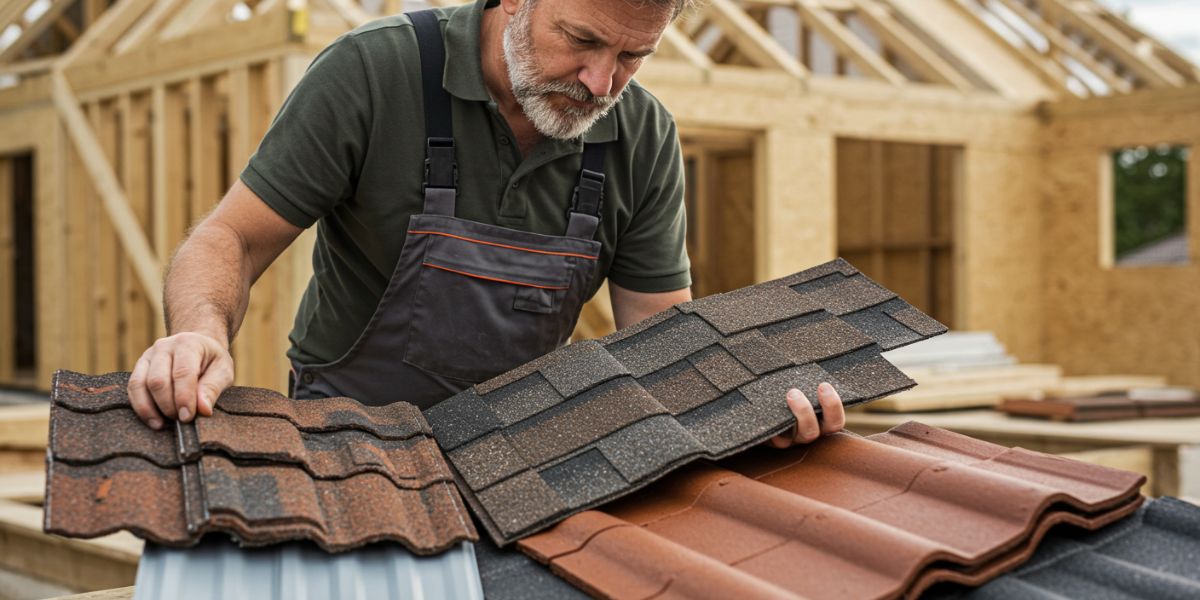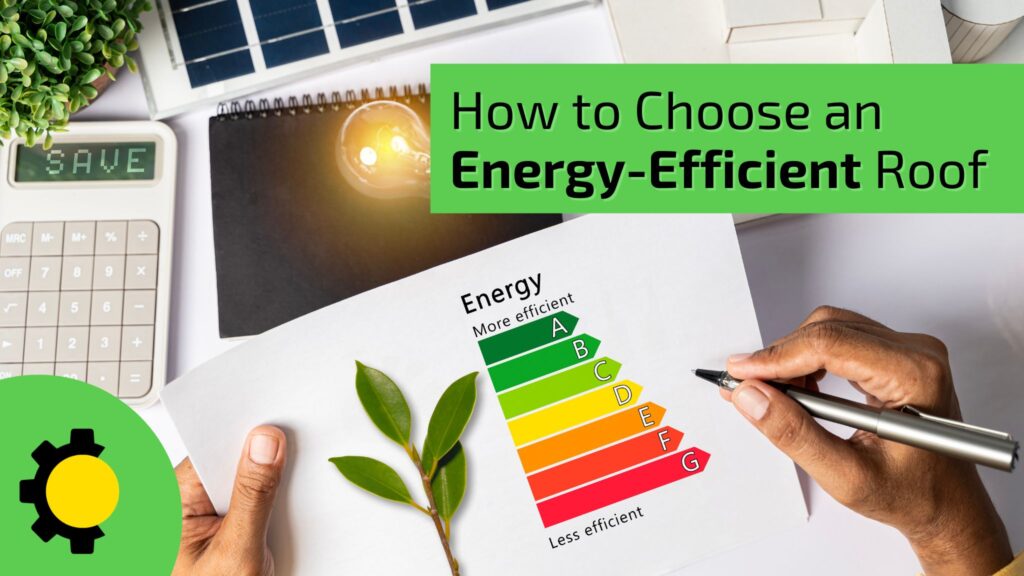When it comes to creating a more energy-efficient home, your roof plays a significant role. An energy-efficient roof can help regulate indoor temperatures, reduce utility bills, and even lessen your environmental footprint. Whether you’re building a new home or considering a replacement, understanding your options is essential for making the best choice.
At Sunlight Contractors, we specialize in installing energy-efficient roofs that not only enhance your home’s performance but also provide long-term value. In this guide, we’ll explore how to choose the right roof for your home, what to look for in materials, and how proper installation ensures optimal energy savings.
Key Factors to Consider in an Energy-Efficient Roof
Types of Roofing Material
Not all kinds of roofing materials are created equal when it comes to energy efficiency. Some materials naturally reflect heat better or provide better insulation than others. Here’s a quick comparison:
- Metal Roofing: Known for its durability and reflective properties, metal roofing can reduce heat absorption and lower cooling costs.
- Asphalt Shingles: While affordable, traditional asphalt shingles can absorb heat. However, newer “cool roof” shingles are designed to reflect more sunlight.
- Clay and Concrete Tiles: These materials offer excellent heat resistance and can keep your home cooler, especially in hot climates.
- Solar Tiles: For those looking to combine efficiency with sustainability, solar tiles generate electricity while also providing roofing protection.
Choosing the right roofing material depends on your climate, budget, and long-term energy goals.
Roof Color and Reflectivity
A roof’s color has a direct impact on its energy efficiency. Lighter-colored roofs reflect more sunlight, reducing heat absorption, while darker roofs tend to retain heat. This is particularly important in warmer climates, where a “cool roof” can significantly reduce indoor temperatures and lower energy bills.
Insulation and Ventilation
Beyond the roofing material itself, proper insulation and ventilation are critical. Without adequate attic insulation or airflow, even the most energy-efficient materials won’t perform to their full potential. Well-ventilated roofs prevent heat buildup, reducing wear and tear on your roof and improving your home’s overall comfort.
How Often You Should Replace Your Roof
Energy efficiency isn’t just about materials; it’s also about the age and condition of your roof. Older roofs may lack the advancements in materials and design that newer roofs provide. Signs you need a new roof include curling or missing shingles, water damage, and increased energy bills due to heat loss. If your roof is nearing the end of its lifespan, it might be time to consider a replacement to improve efficiency.

Benefits of Energy-Efficient Roofing
Investing in an energy-efficient roof offers numerous benefits for your home and your wallet. Here are some of the top advantages:
Lower Energy Bills
Energy-efficient roofing materials, such as reflective coatings or cool roof shingles, reduce heat absorption, keeping your home cooler in the summer. This means your air conditioning system doesn’t have to work as hard, leading to noticeable savings on utility bills.
Increased Comfort
A well-insulated and properly ventilated energy-efficient roof ensures consistent indoor temperatures, reducing hot spots during warmer months. This can make your home more comfortable year-round.
Extended Roof Lifespan
Energy-efficient roofs are designed to reflect sunlight and reduce heat buildup, which minimizes wear and tear caused by extreme temperature changes. This can help your roof last longer, saving you from premature replacement costs.
Environmental Impact
By reducing your energy consumption, an energy-efficient roof helps lower your carbon footprint. Certain materials, like metal and solar tiles, are also recyclable or renewable, further contributing to sustainability efforts.
Potential Tax Credits and Incentives
Homeowners who install energy-efficient roofing materials may qualify for tax credits or local incentives. Check with your contractor or local government to explore available programs that can offset installation costs.
Professional Installation Matters
Even the best energy-efficient roofing materials won’t perform as expected without proper installation. A poorly installed roof can lead to issues such as air leaks, water damage, or inadequate insulation, all of which negate the energy-saving benefits.
Here’s why professional installation is critical:
- Precise Workmanship: Certified contractors ensure every aspect of your roof—from shingles to ventilation—is installed correctly for maximum efficiency.
- Improved Durability: A professional installation minimizes the risk of future repairs or premature replacement, saving you money in the long run.
- Warranty Protection: Many energy-efficient roofing materials come with manufacturer warranties that are only valid when installed by a licensed contractor.
- Tailored Solutions: Professionals, like the team at Sunlight Contractors, can recommend the best options based on your home’s unique needs, local climate, and budget.
With years of experience in residential roofing, Sunlight Contractors provides high-quality installations to help homeowners achieve their energy-saving goals. Whether you’re upgrading your existing roof or building a new home, we ensure every project is done with precision and care.

Choosing the Right Roof for Your Home
Selecting the right roof for your home involves balancing energy efficiency, aesthetics, and long-term durability. Here are a few tips to guide your decision:
- Evaluate Your Climate
Your local climate plays a major role in determining the best roofing material. For example, homes in warmer regions benefit from lighter, reflective materials, while those in colder climates may prioritize insulation to retain heat. - Consider Your Home’s Design
The style and slope of your roof may impact which materials work best. For instance, clay tiles complement Mediterranean-style homes, while sleek metal roofing pairs well with modern designs. - Factor in Lifespan and Maintenance
Different materials have varying lifespans and maintenance requirements. Metal roofing can last 40–70 years with minimal upkeep, while asphalt shingles may need replacement after 20–30 years. Understanding how often you should replace your roof helps you plan for future costs. - Work with a Trusted Contractor
A professional roofing contractor will help you weigh the pros and cons of each option. At Sunlight Contractors, we assess your home’s needs and recommend energy-efficient solutions that align with your budget and style preferences.
Final Thoughts
Upgrading to an energy-efficient roof is a smart investment that enhances your home’s comfort, reduces energy costs, and supports a sustainable future. Whether you need guidance on choosing the right roof for your home or are ready to start your project, Sunlight Contractors is here to help.
Contact us today to schedule a free consultation and learn how we can transform your roof into a high-performing, energy-efficient feature of your home.

